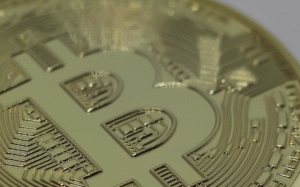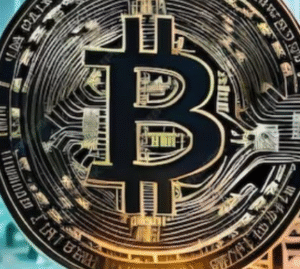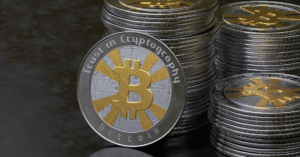$XRP $BTC $ETH
#XRP #Bitcoin #Ethereum #Crypto #MarketCapitalization #Investing #Finance #Blockchain #Cryptocurrency #MarketTrends #DeFi #Altcoins
XRP has seen a significant rally recently, ascending to become the third-largest cryptocurrency by market capitalization, trailing only Bitcoin and Ethereum. This notable climb cements XRP’s position as a key player in the cryptocurrency space and elevates its presence in the broader financial markets. With this surge, XRP’s valuation has eclipsed that of several prominent global corporations, including Boeing and Nike, showcasing the growing influence and monetary heft of the digital asset sector. XRP’s performance comes amid a positive market sentiment, fueled in part by optimism following legal developments in its ongoing case with the SEC, which has driven investor confidence and buying momentum.
One of the key drivers behind XRP’s rise is the increased adoption of digital currencies for cross-border payments. XRP’s parent company, Ripple, has consistently marketed its blockchain technology as a solution for enhancing the efficiency of international money transfers. Unlike other cryptocurrencies that are primarily speculative investments, XRP has positioned itself as a utility-focused crypto asset, which enhances its adoption potential. Furthermore, macroeconomic factors, such as rising interest in decentralized finance (DeFi) and renewed institutional appetite for cryptocurrencies, have also played a pivotal role in propelling XRP toward this milestone. The token’s current trajectory reflects both its functional use cases and the broad acceptance of blockchain technologies as a transformative force in global finance.
The recent market cap surge also underscores important implications for the competitive landscape within the cryptocurrency market. With its valuation surpassing publicly traded giants like Boeing and Nike, XRP has not only demonstrated the scale of the crypto ecosystem but also indicated shifting investor priorities. Traditional blue-chip companies have long been perceived as stable assets, but the rising prominence of cryptocurrencies suggests a diversification in asset allocation strategies. Institutions and retail investors alike appear increasingly drawn to digital assets as they seek growth opportunities amidst concerns of inflation and interest rate adjustments. This trend could signal the start of even greater integration of crypto into mainstream investment portfolios.
Despite its remarkable rise, XRP still faces challenges. Legal issues with regulatory bodies, particularly the SEC, continue to loom large and could affect its performance in the long run. Additionally, while recent price movement has been largely positive, the cryptocurrency market remains volatile and highly susceptible to external shocks. Increased scrutiny from governments across the globe and the potential for adverse regulatory decisions could temper growth. Investors must balance the optimism surrounding XRP with these uncertainties, making risk management crucial to navigating the dynamic crypto market. Nonetheless, XRP’s recent achievements bolster its position as a leading digital asset and reaffirm that cryptocurrencies are increasingly competing with and, in some cases, overtaking traditional asset classes.











Comments are closed.